Contemporary realism portraits > Influenced by race and religion, artist Stanley Rayfield creates art that visually and subtly portrays spiritual concepts, including hope and love.
Influenced by race and religion, artist Stanley Rayfield creates art that visually and subtly portrays spiritual concepts, including hope and love. I had the pleasure of meeting Stanley in person at the 2019 Figurative Art Convention & Expo, where we crossed paths several times between demonstrations and workshops before finally connecting with each other during the closing ceremonies.
Here, enjoy an inspirational Q&A we had on what art means to Stanley, how he became an artist, and what he’s doing with his talents for the world of realism.
Contemporary Realism Artist Q&A:
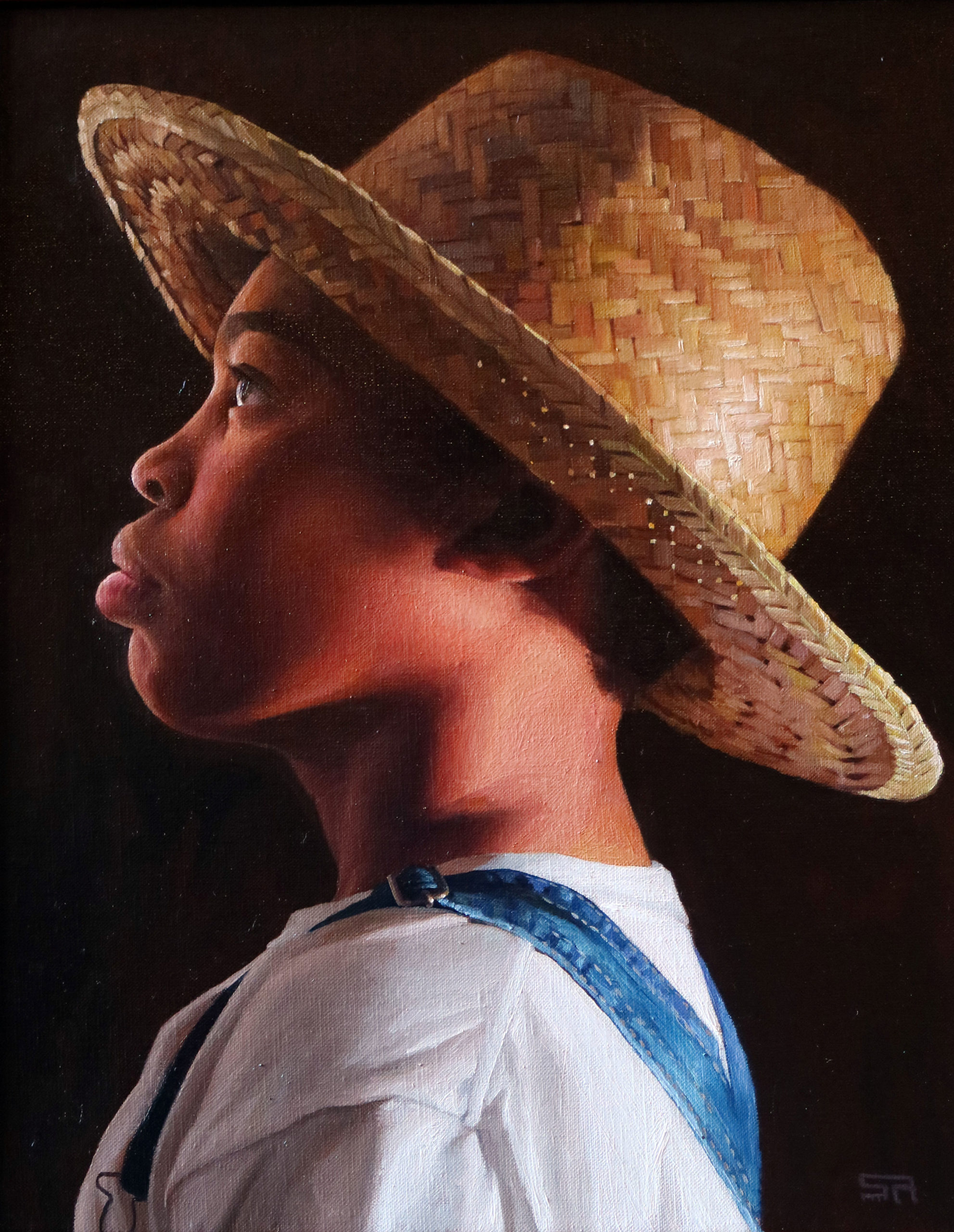
Cherie Dawn Haas: Why are you drawn to portraits in realism over other subjects and styles?
Stanley Rayfield: I grew up an only child. That gave me much time to reflect and think. I found a lot of fascination from people watching. Before I decided to pursue an art major, I strongly considered psychology because I became good at studying people and noticing details. In portrait art my fascination with people and observations can be expressed in a multitude of ways. I never lose interest in exploring the vast possibilities I find with portrait subjects.
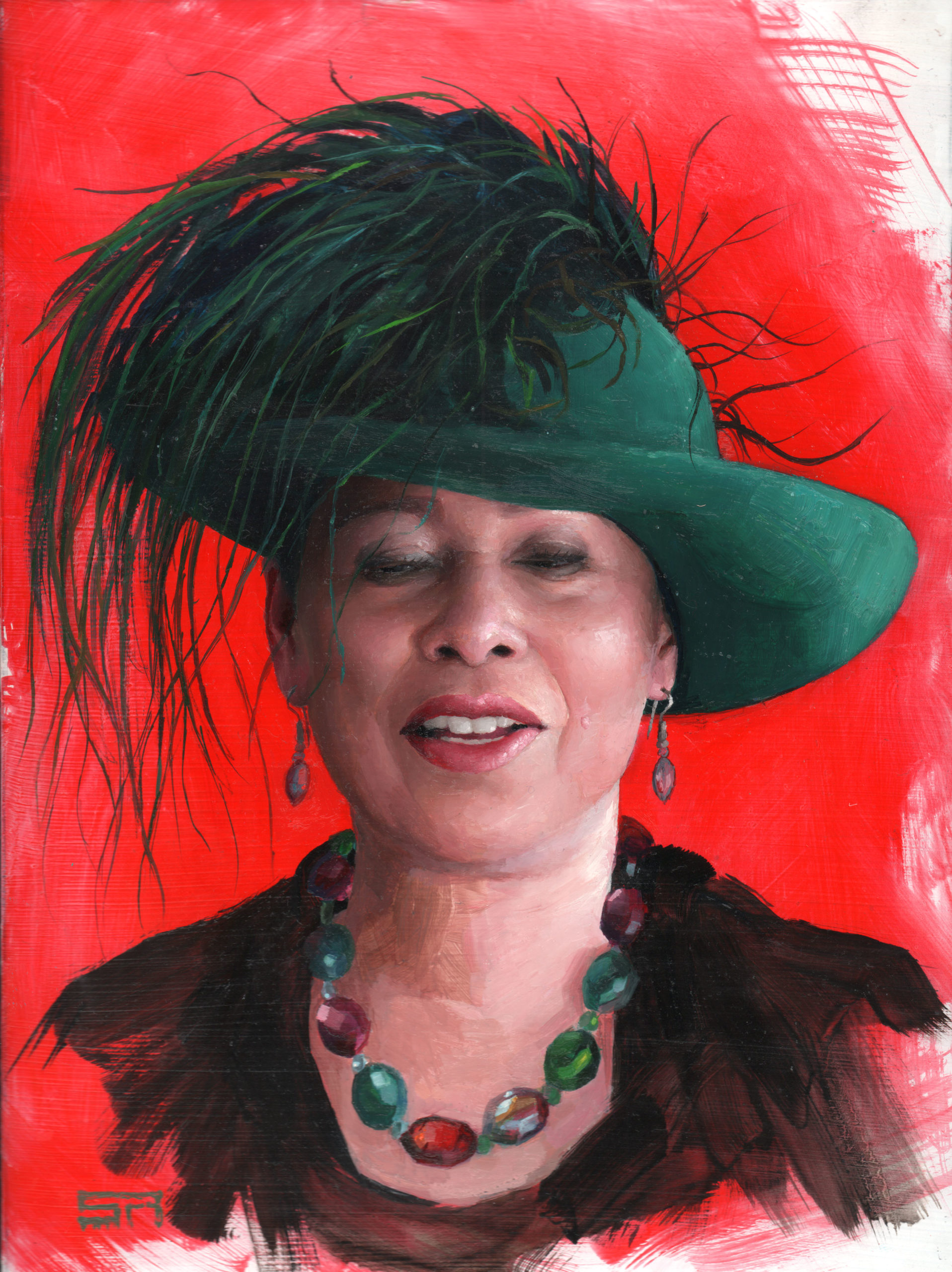
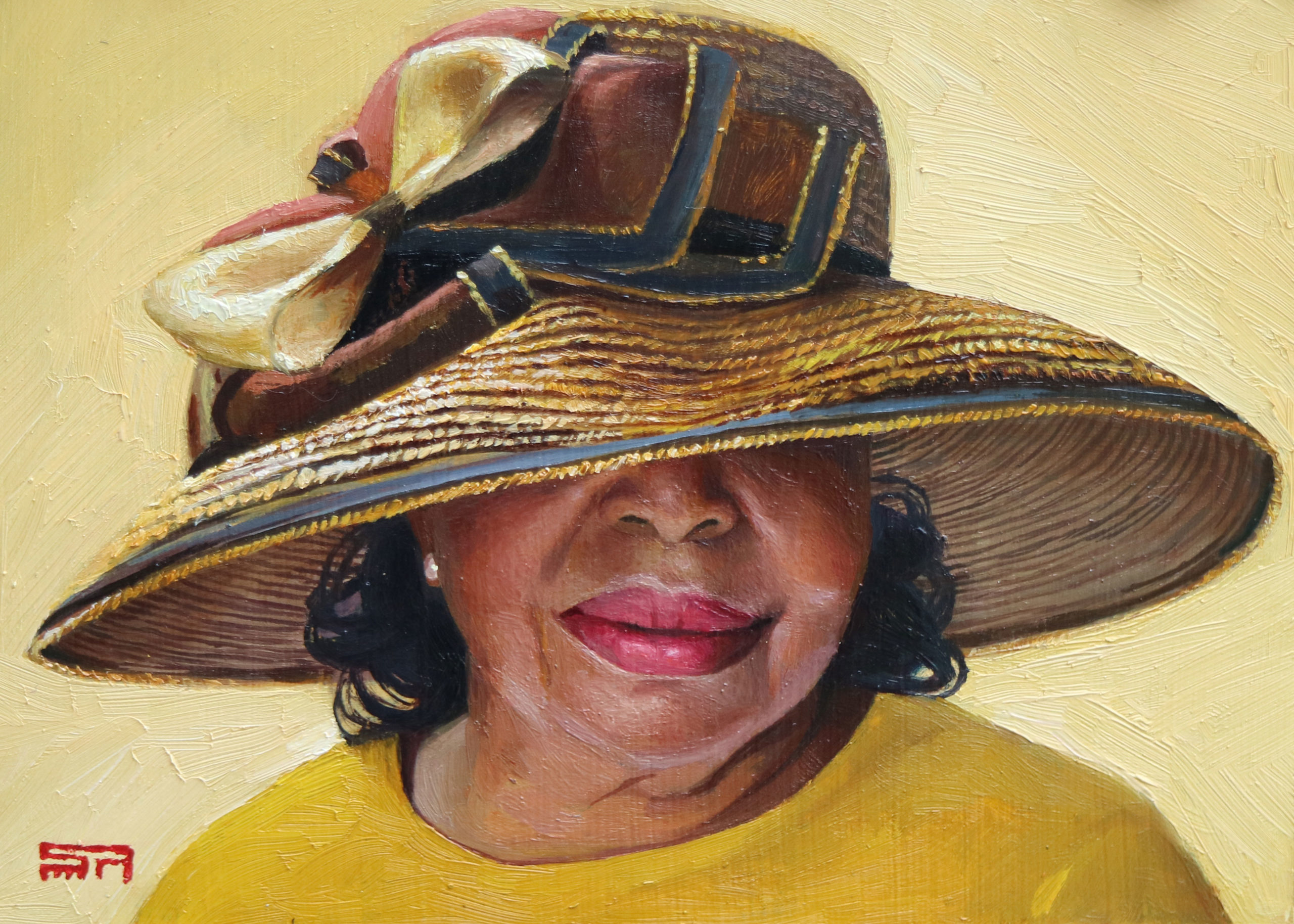
What media do you prefer, and why?
I work in graphite pencil and oil paint equally. I believe artists should work in mediums they feel the most unhindered using. Every man-made material or process has its limitations; however, when I am using pencil and oils, I feel that I have hardly any limitations. I feel that the only boundaries I have are boundaries in my imagination. I don’t feel that way about other mediums. I encourage anyone creating to use a medium they feel powerful with, excited about, and challenged by.
Pencil drawings and oil paintings have been around for a very long time, and there is so much to learn. I believe I still have so far to go in education about my materials and drawing ability. Watching videos, taking workshops, and going to conferences are some of my favorite things to do in my free time to keep developing. The more I develop, the more powerful I feel creating with my two favorite mediums. As a result, I love using them more!
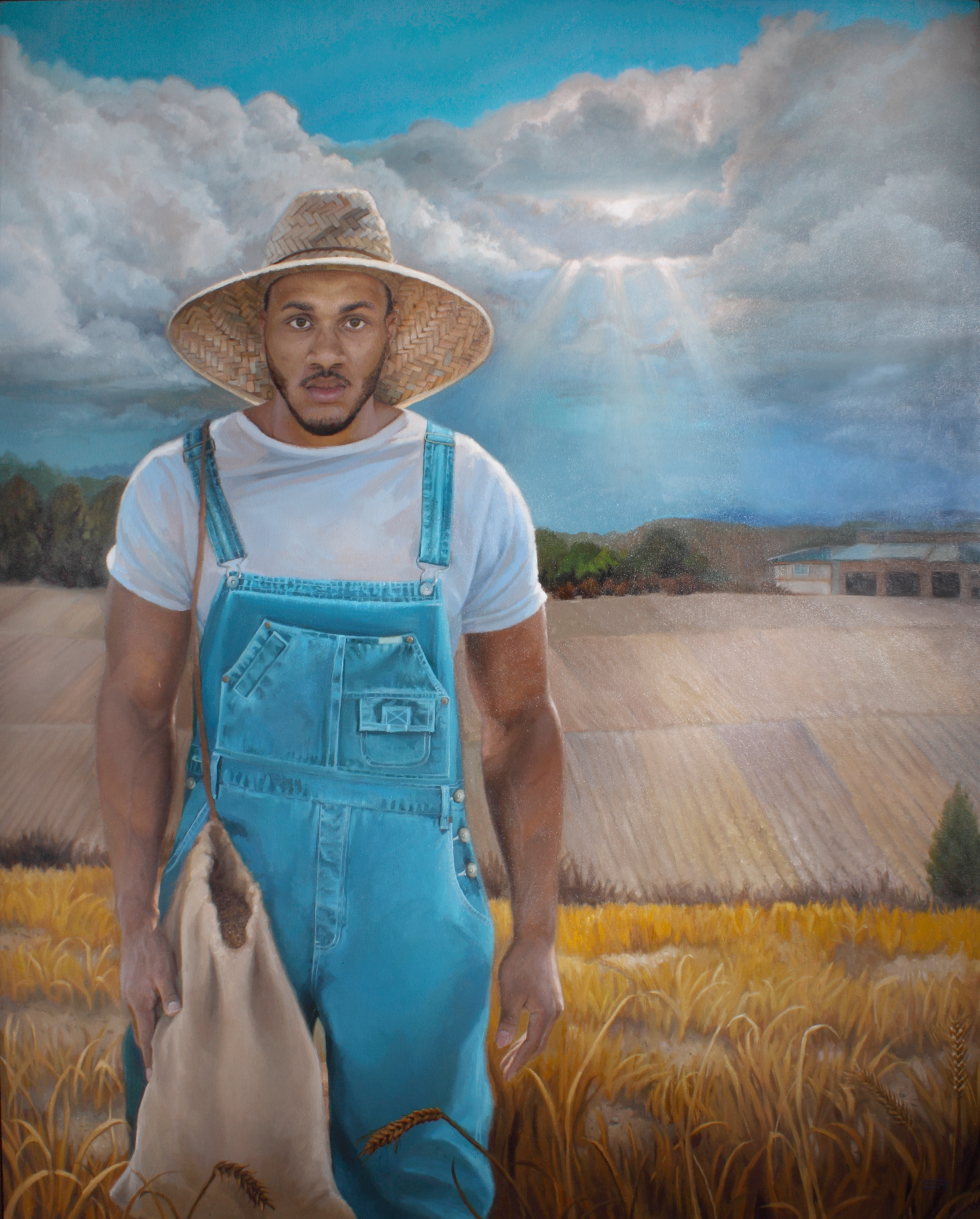
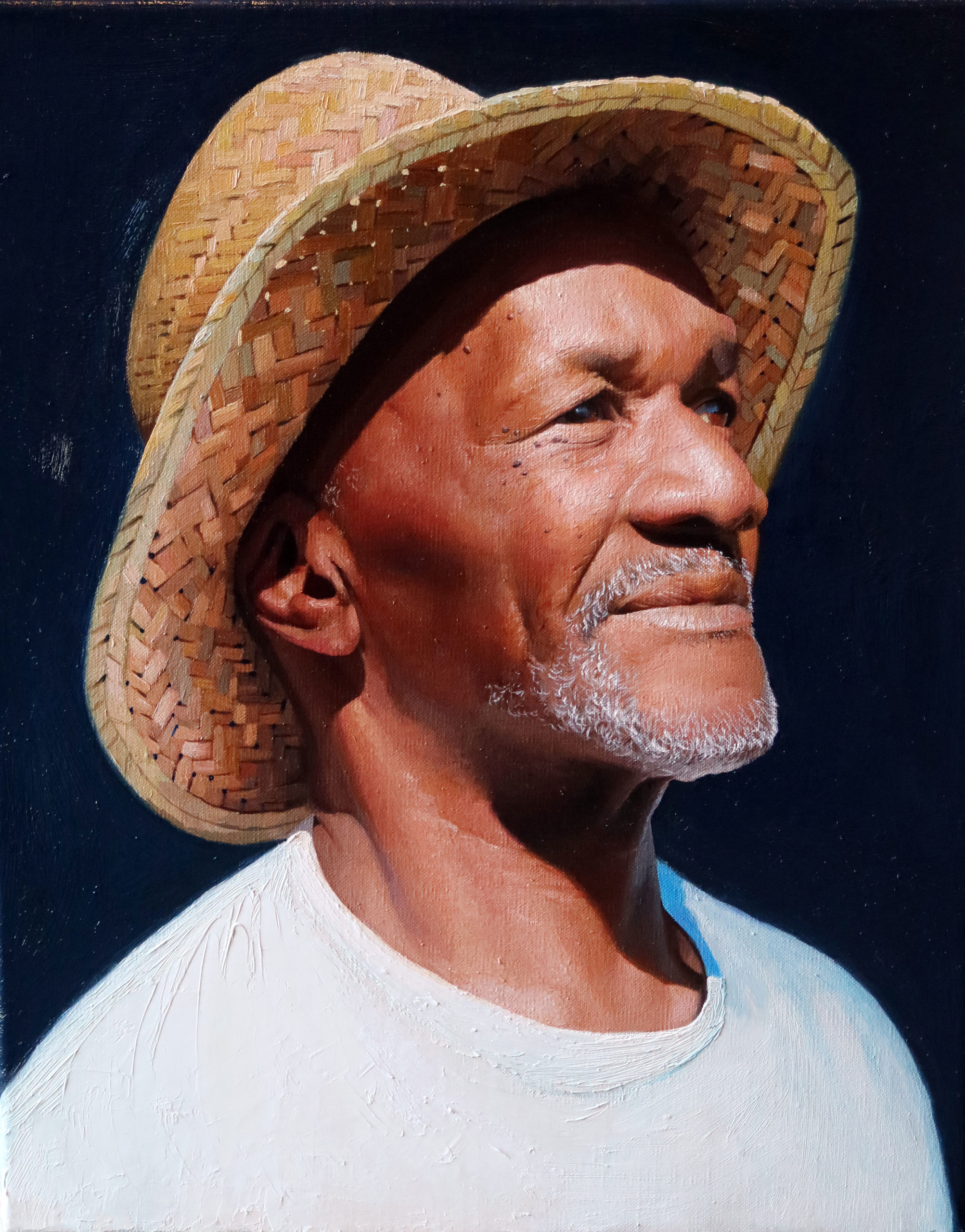
When did you know you wanted to be an artist, and how did you accomplish it?
I was blessed to be able to attend a high school with a special art program that was designed to prepare students for art school or becoming a professional artist. I excelled in that program but initially did not have ANY intention of becoming an artist. I was under the false belief that artists don’t make enough money.
It took a 20-minute argument with my art teacher (Mr. Hall) during senior year in a high school to forcefully convince me that I needed to pursue art. I knew I had something special, but I did not believe that I could find a way to make a living off of it. But ultimately my faith kicked in, and I recognized that I would never know if I never tried. Also I was passionate about not working a nine-to-five job (that I might hate) for 20 to 30 years like my parents and most adults I observed around me. So I stepped out on faith, and I love the results of that decision, and I definitely am making money.
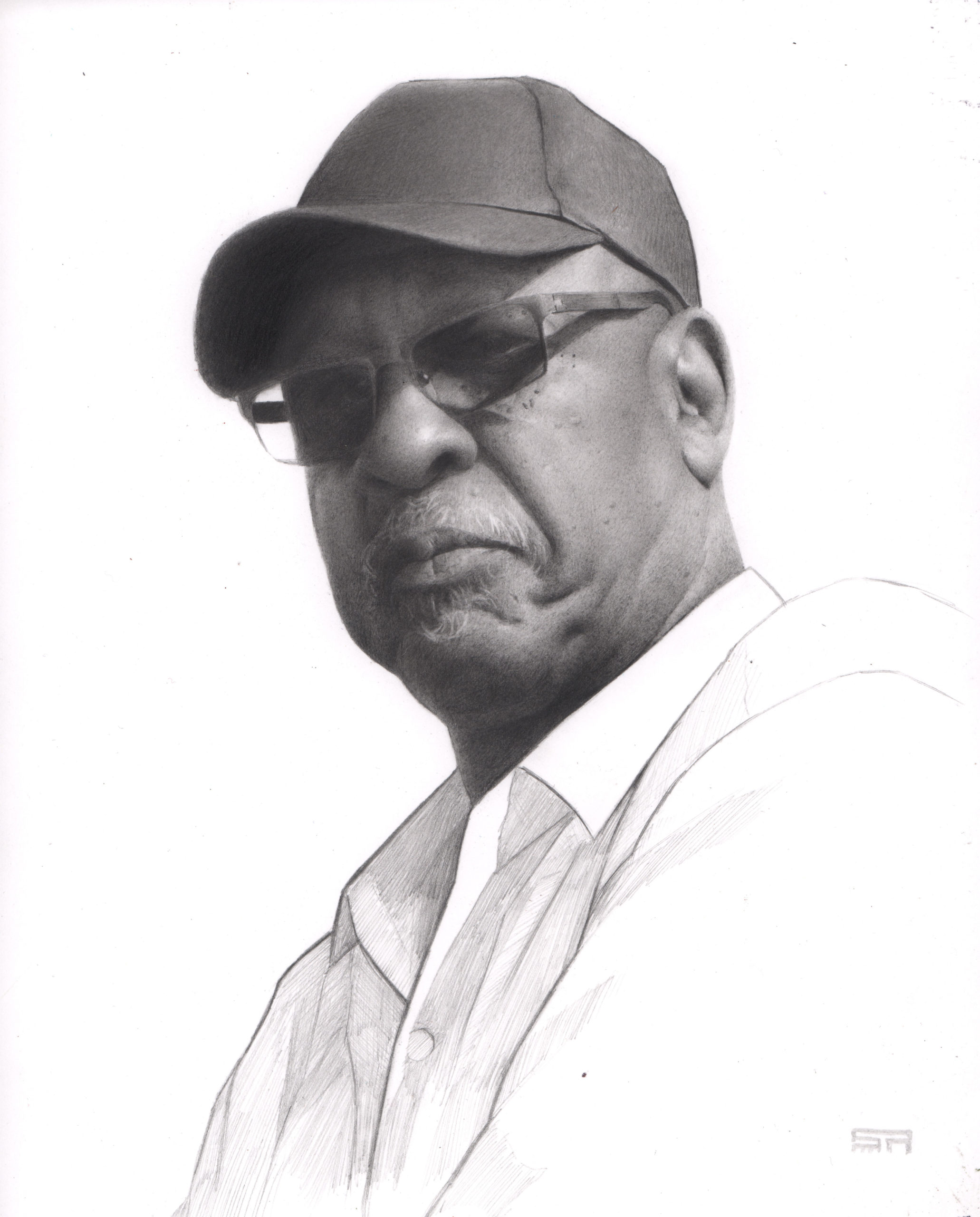
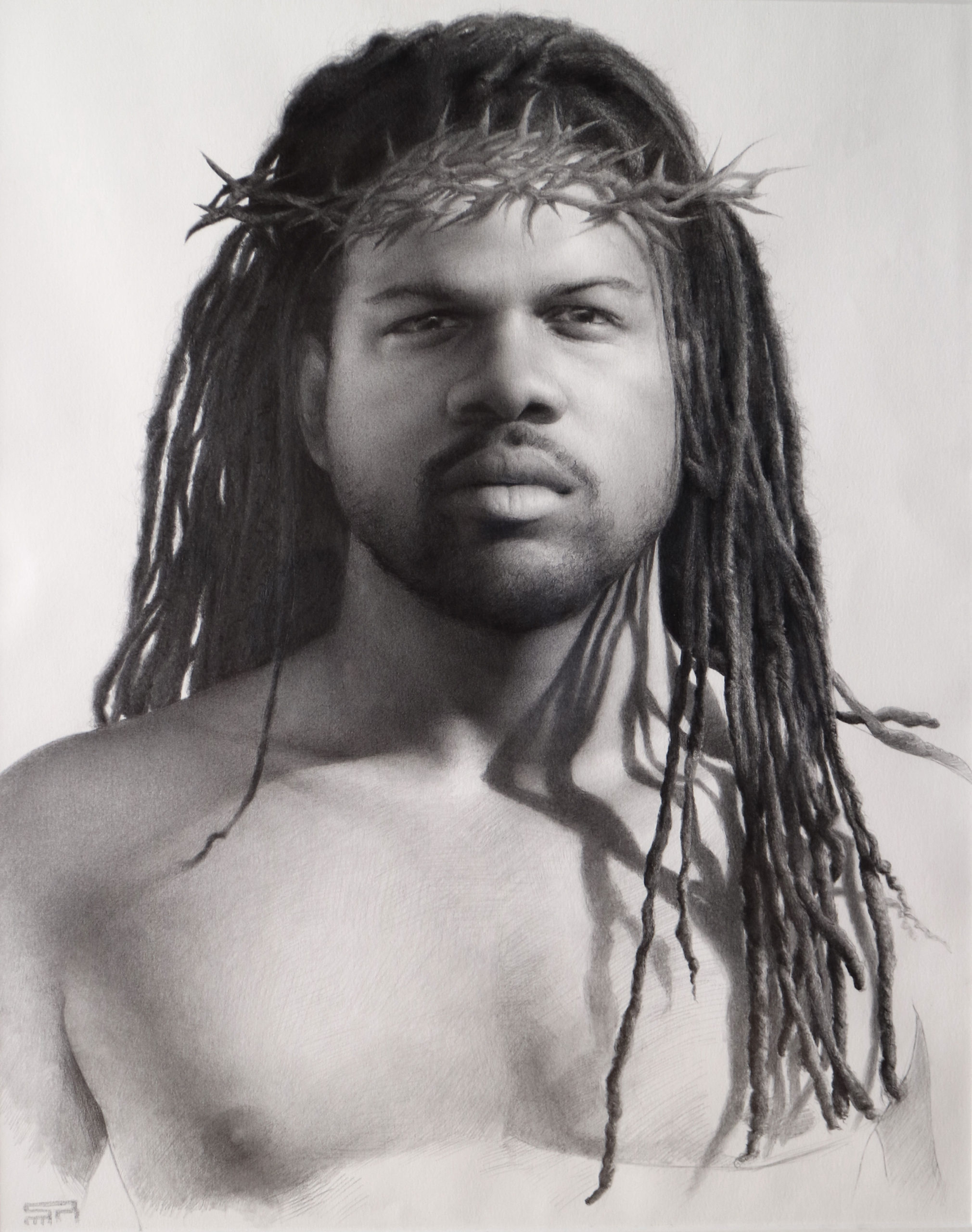
Who is your favorite artist, and why?
Henry O. Tanner is my all time favorite artist. I was introduced to him randomly in high school during an art project where we had to draw names from a hat, then create a piece in the style of that artist. I enjoyed the project but did not think much of this artist at that time. It was eight years later that he became my favorite artist.
Tanner was a student of the great American painter Thomas Eakins. Eakins had many students but consistently regarded Tanner as his favorite. During Tanner’s lifetime he did not experience much success in his career in the United States because he was African American (during the late 19th century.) But he did not give up; he moved to France and ended up becoming the first African American artist to gain international acclaim.
That alone was inspiring for me, but the meanings behind his paintings are the main reason he is my favorite. Tanner painted spiritual subjects and Bible scenes in a very unique way. What I find fascinating in his work is that on most occasions you would not immediately know that his work is even about biblical subjects. On the surface it looks like a nicely painted narrative scene. But if you see beneath the surface it becomes powerful and so much more!
In my work I’ve endeavored to do similar things. Tanner has played a big role in showing me how to purposefully express deeper messages through the arts by being subtle.
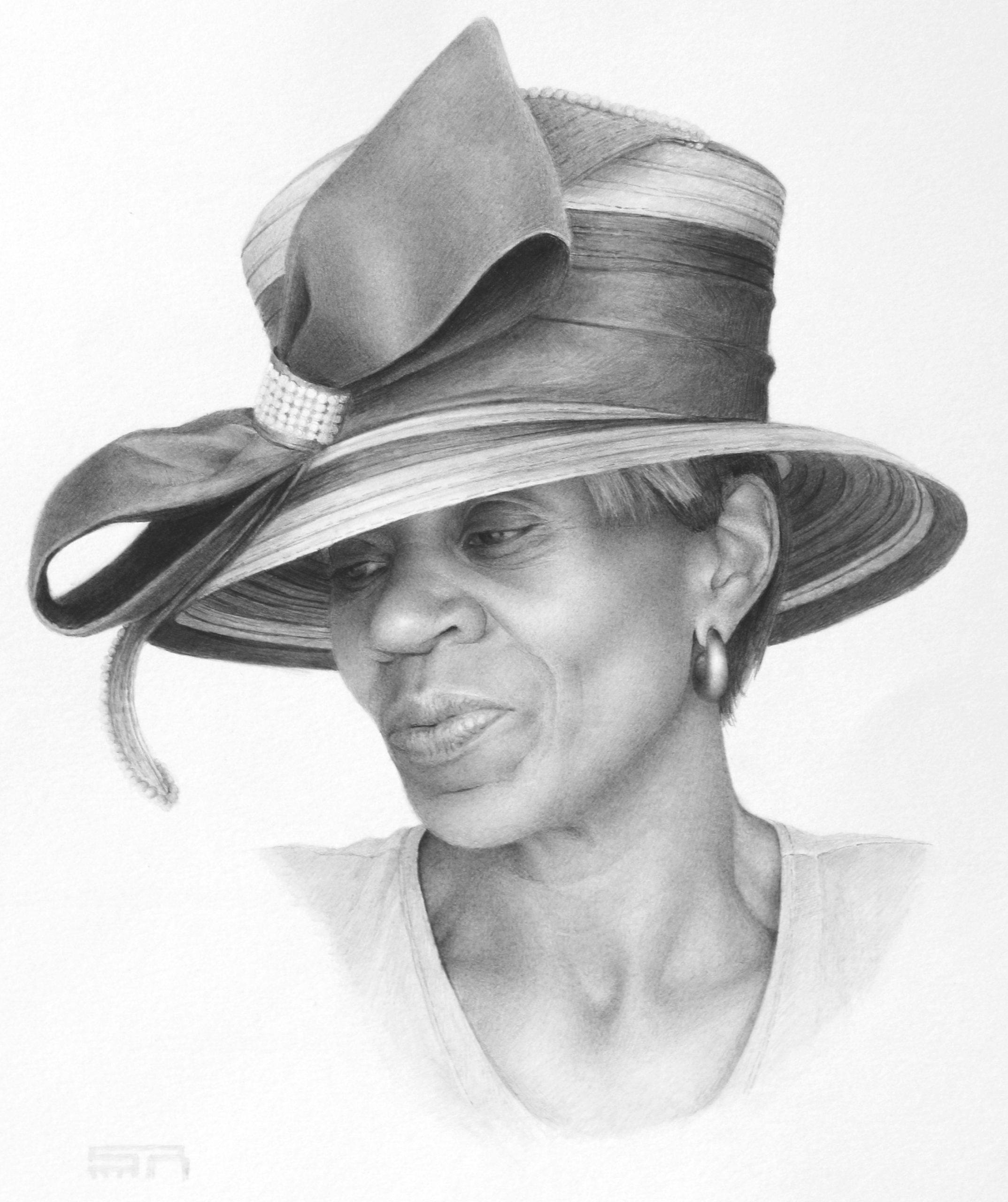
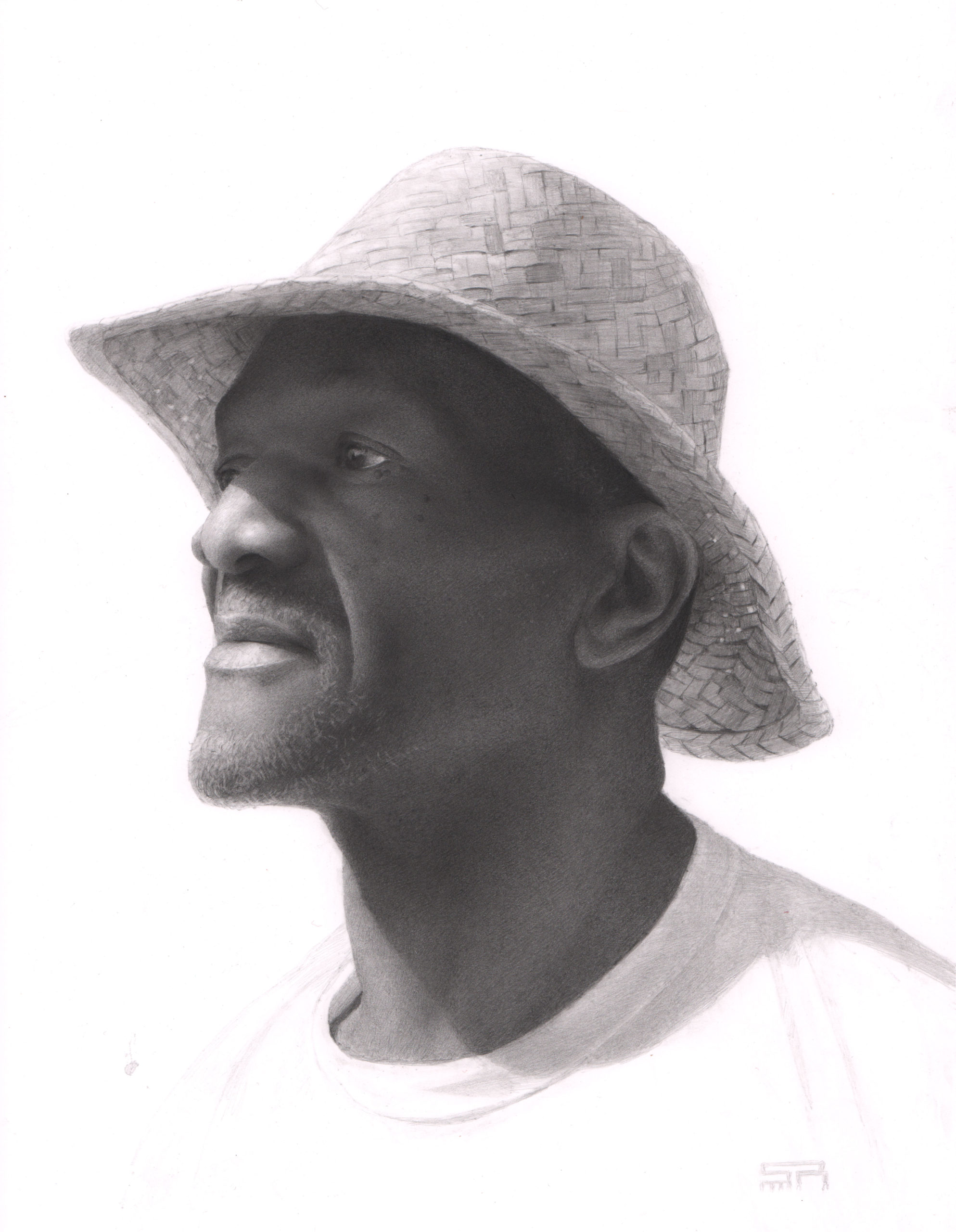
What is your perspective on being a minority artist?
From my vantage point it has been an interesting experience. I have felt a roller-coaster of emotions at times, but ultimately I thank God for who I am and this great calling I have before me.
My faith, my beliefs, what I see, and those around me inform my work.
Earlier in my career I was sometimes uncomfortable presenting my artwork because I questioned if my perspective would be embraced by people who have not grown up where I’ve grown up and seen what I have seen. And occasionally I thought that some may be really turned off by a lot of African American subjects.
Nowadays those thoughts still come up sometimes, but I DO NOT let them affect ideas, model selection, or concepts in the artwork. I now recognize that my race and culture is important to share because it can help and has helped bring about healing and understanding in our world. I think we all recognize that American history and race still have some deep-rooted issues.
I believe part of my purpose is to use my creative platform and artwork to be a positive example, and to share various truths with others from my perspective. Prayerfully that will continue to bring healing and closure to people who have been affected by the negative history of race, whether they be minorities or not. In addition to my work being positive and honest, I believe as a minority artist I must also be positive and honest for those who still struggle with the pain and baggage of American history and race.
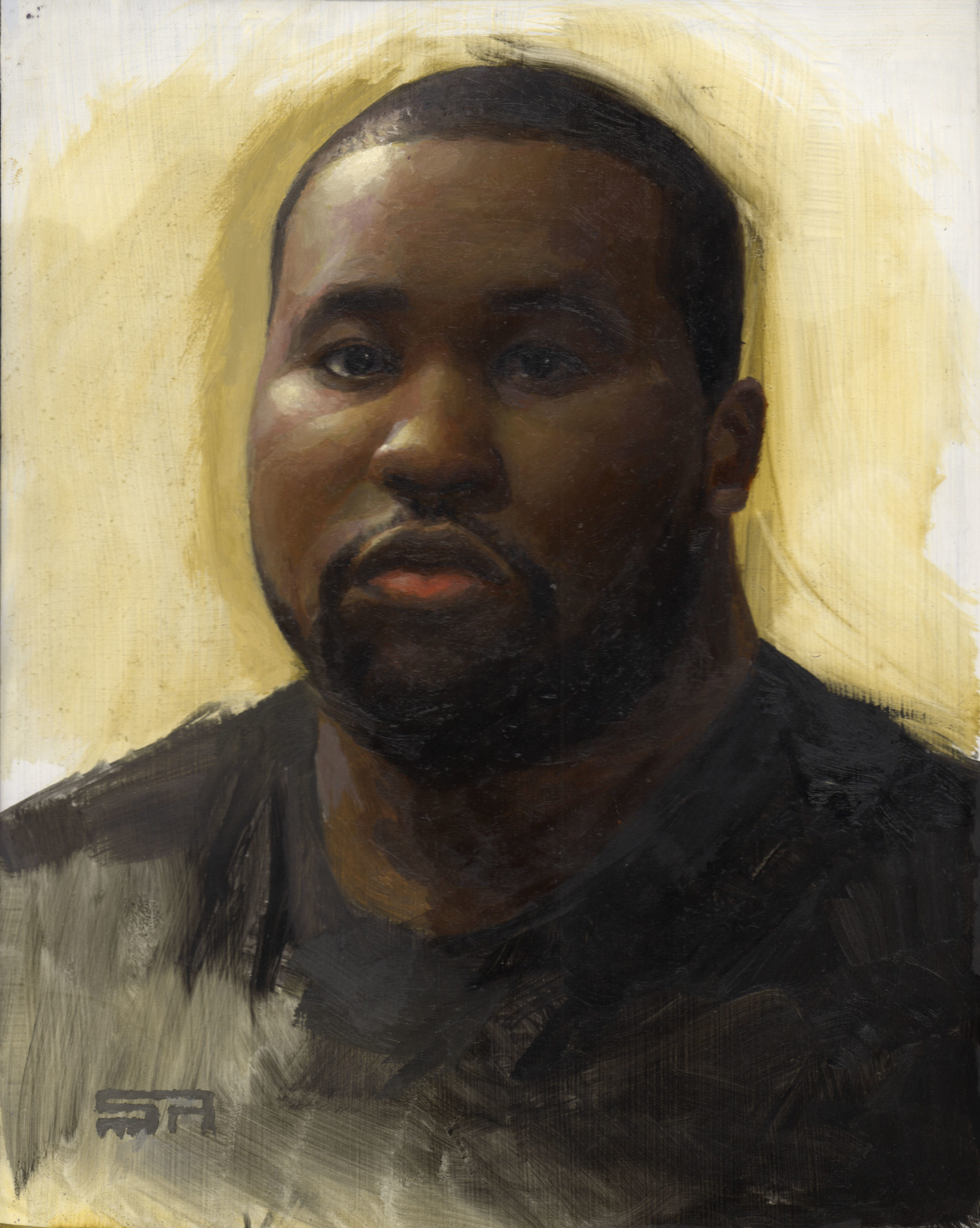
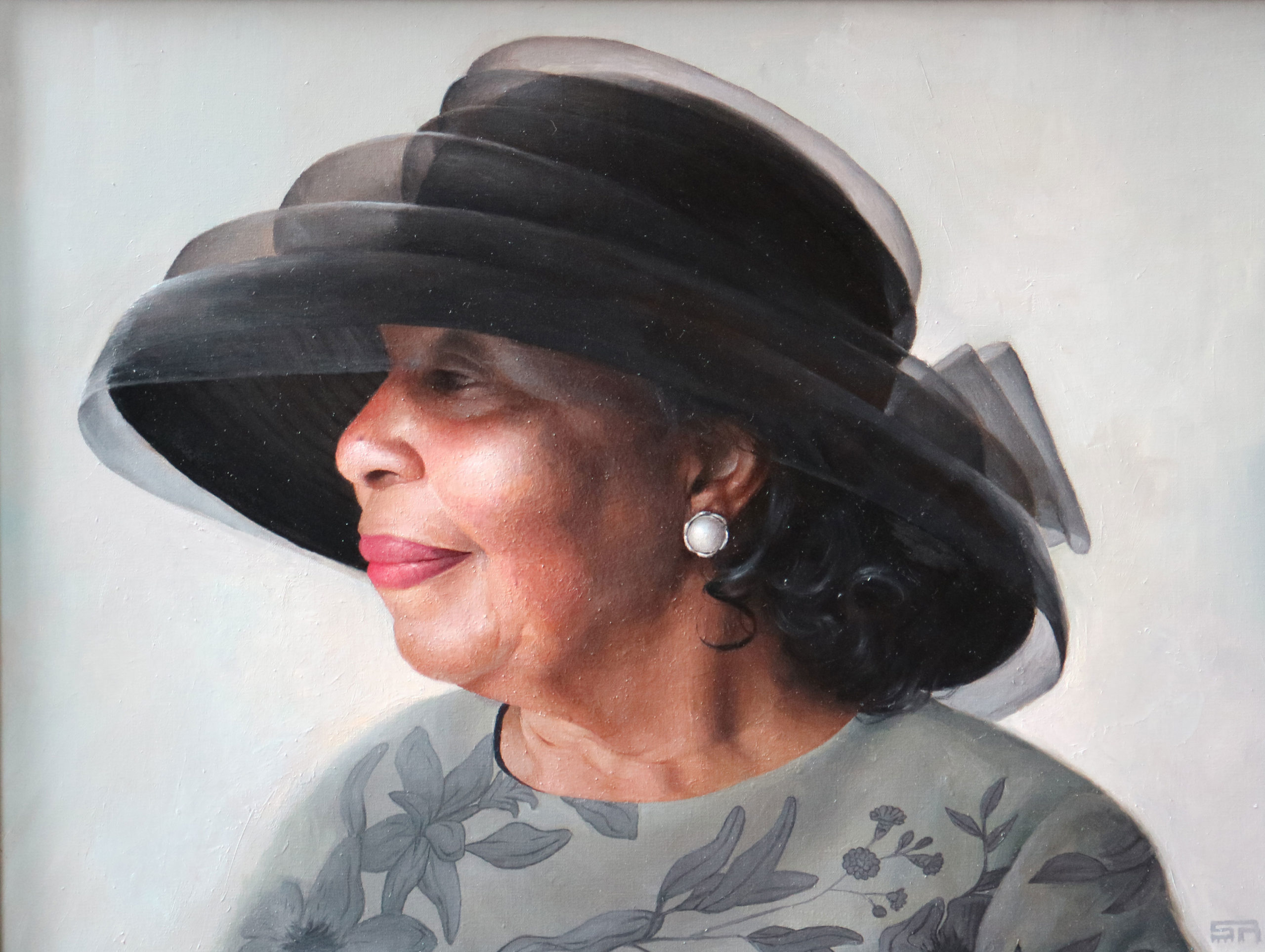
How is your realism art inspired by your Christianity?
I didn’t grow up in church, so at first my art was not inspired by God at all. I got saved in college. I was dealing with depression and was at a place where I did not value my own life, and I thought about ending it. At that time I did not share these feelings with anyone. But one day I found myself confessing my struggles to a Christian I knew in college. He listened very carefully and recommended I try going to church, and be open to God if I felt I had no other options.
At my lowest point I gave religion a chance. I found out that God was very real and my life had a purpose and everything I’d been through could be used for something greater than myself. So after a few years of becoming whole and learning more about Jesus, I wanted to dedicate my artwork and my direction in life to God. I did not do this from some obligation or because I felt I was supposed to. I just felt thankful because God helped me find joy and destroy depression. That joy I found never went away, and I wanted to see if this love that I found, if I could present that to others just In case they were looking for it.
After I began dedicating my path to God, my ideas and concepts for paintings and drawings became clearer and much easier to develop.
In my artwork I present spiritual concepts, hope, and love as some of the main subjects. I feel it is important to express these concepts in a subtle way. In many ways God reveals himself through subtlety. I want my work to speak to viewers in that vein. One revelation I’ve heard years ago describes “signs and wonders.” The way to look at that is: “God always speaks to you by giving you signs to make you wonder.”
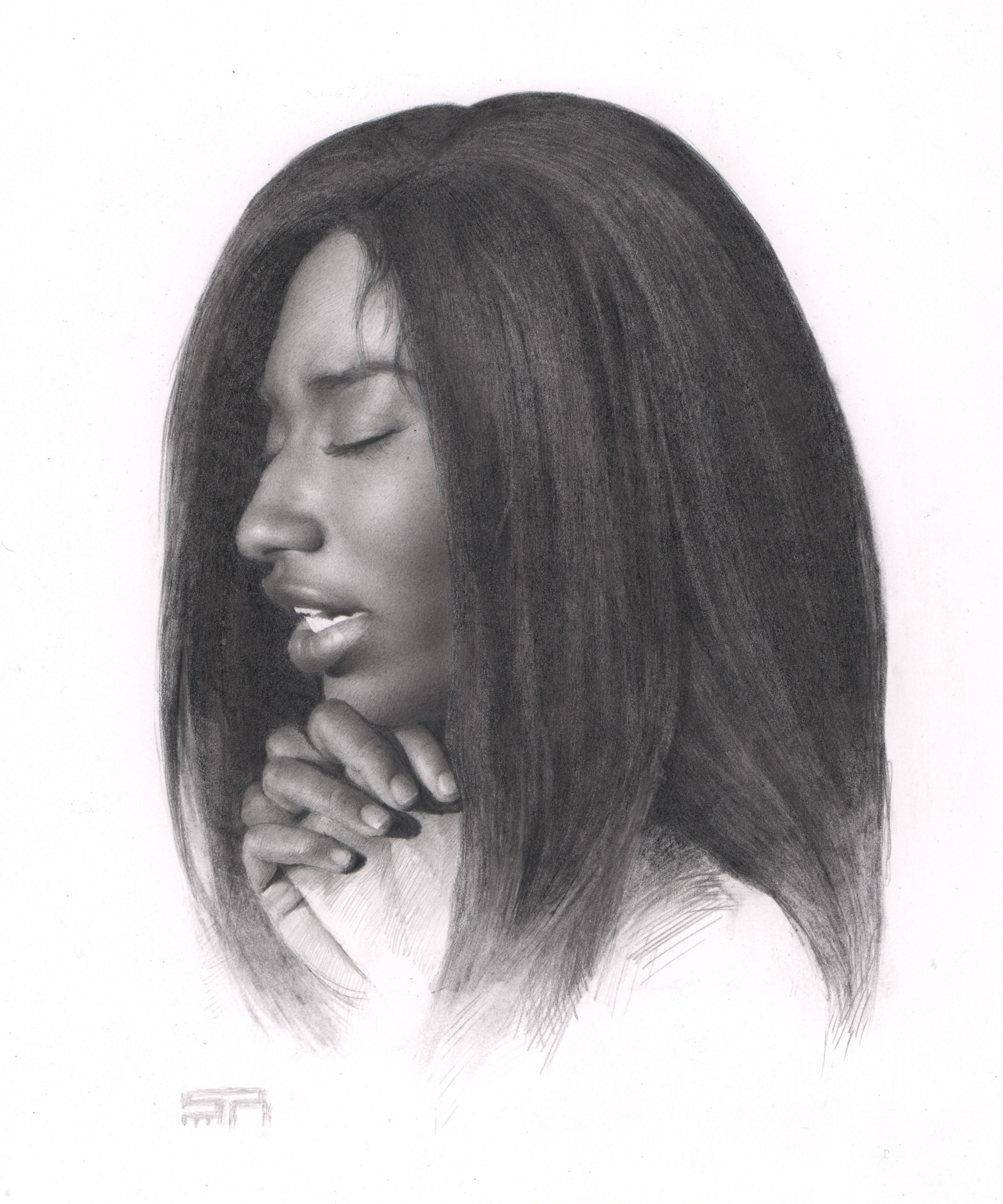
What inspired you to come to the Figurative Art Convention (FACE)? What was your favorite take-away?
I came to FACE because I felt that the vision of it aligned more with my career and personal goals than other figurative art resources. I plan to make a difference in the fine art world, using an approach, artistic style, and a subject matter that I know is not a popular one. FACE has attracted artists, art supporters, and art leaders who share very similar visions and goals.
My favorite take-away was the fact that FACE does not want to just bring people together to only learn about creating quality contemporary realism or figurative arts (which are important). But I really felt like there was a mission behind the conference to make an impact on the future of art. I have not seen too many places where the future of art was a part of the conversation. It takes a lot of passion and faith to change the world, but it is possible, and someone and somebody has to take the lead. FACE seems committed to pushing that cause.
Related Article > Masters of Figurative Art Gather to Teach
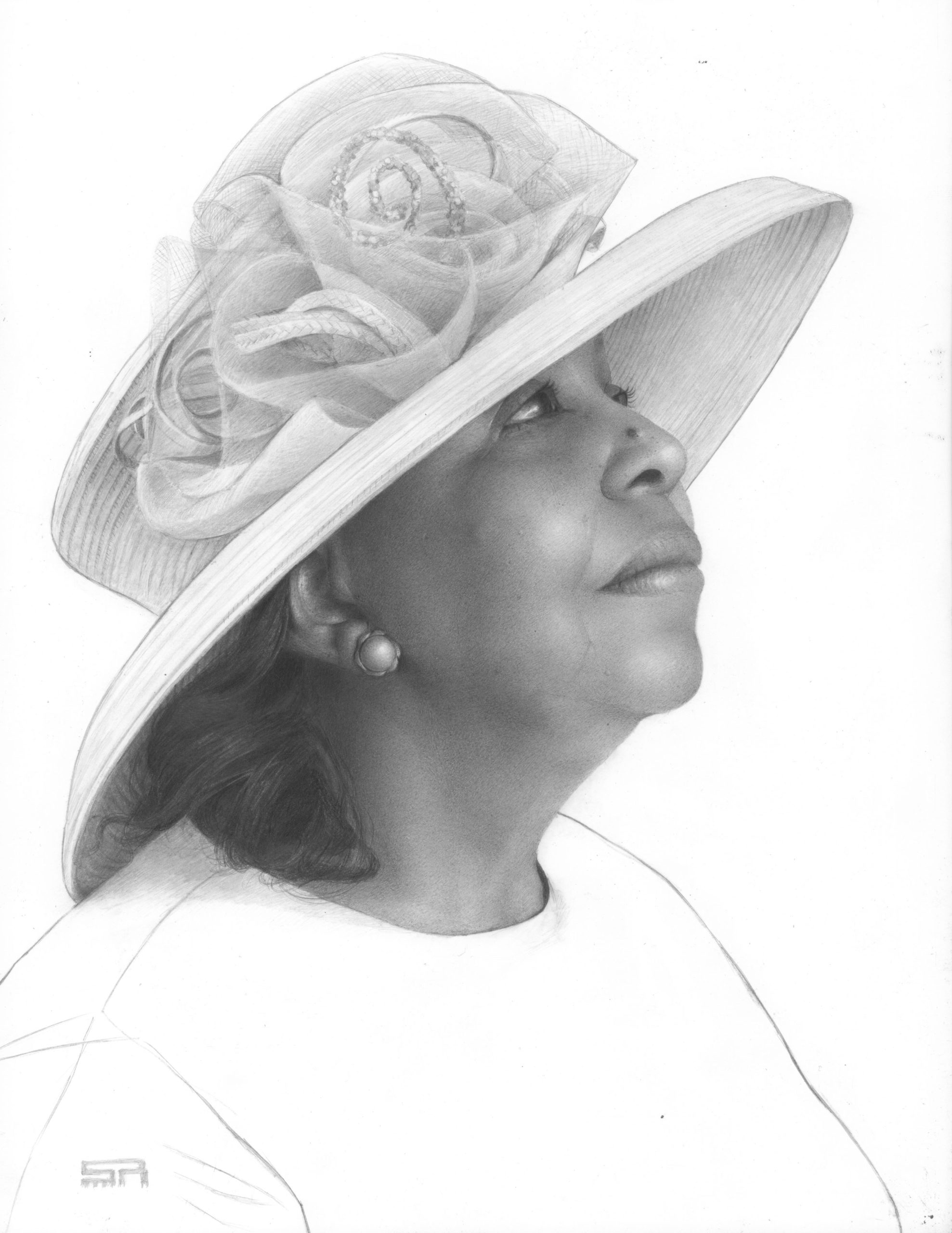
Anything else you’d like to add?
I hope that whoever is reading this can find something inspiring, encouraging, or enlightening in these answers or in the images of the artwork. Prayerfully what was presented can add to your journey and help you in some way. Amen.
Connect with Stanley Rayfield:
Website | Instagram | Facebook
Visit EricRhoads.com (Publisher of Realism Today) to learn about opportunities for artists and art collectors, including: Art Retreats – International Art Trips – Art Conventions – Art Workshops (in person and online) – And More!


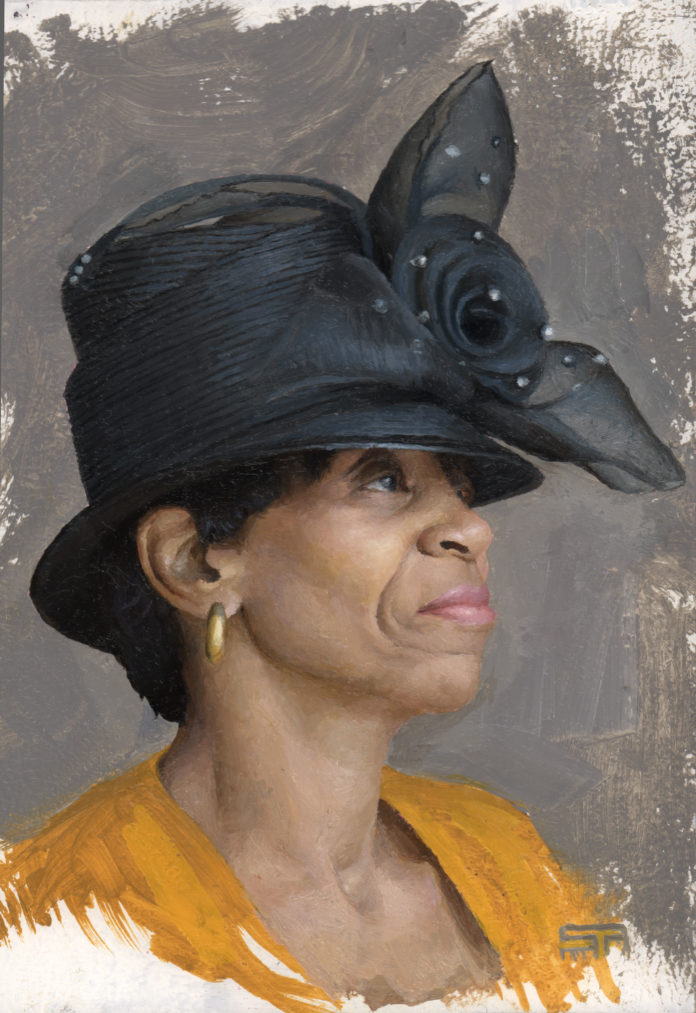




Stanley, we met at the FACE conference. You’re an amazing artist, I’m glad to know you.
Comments are closed.